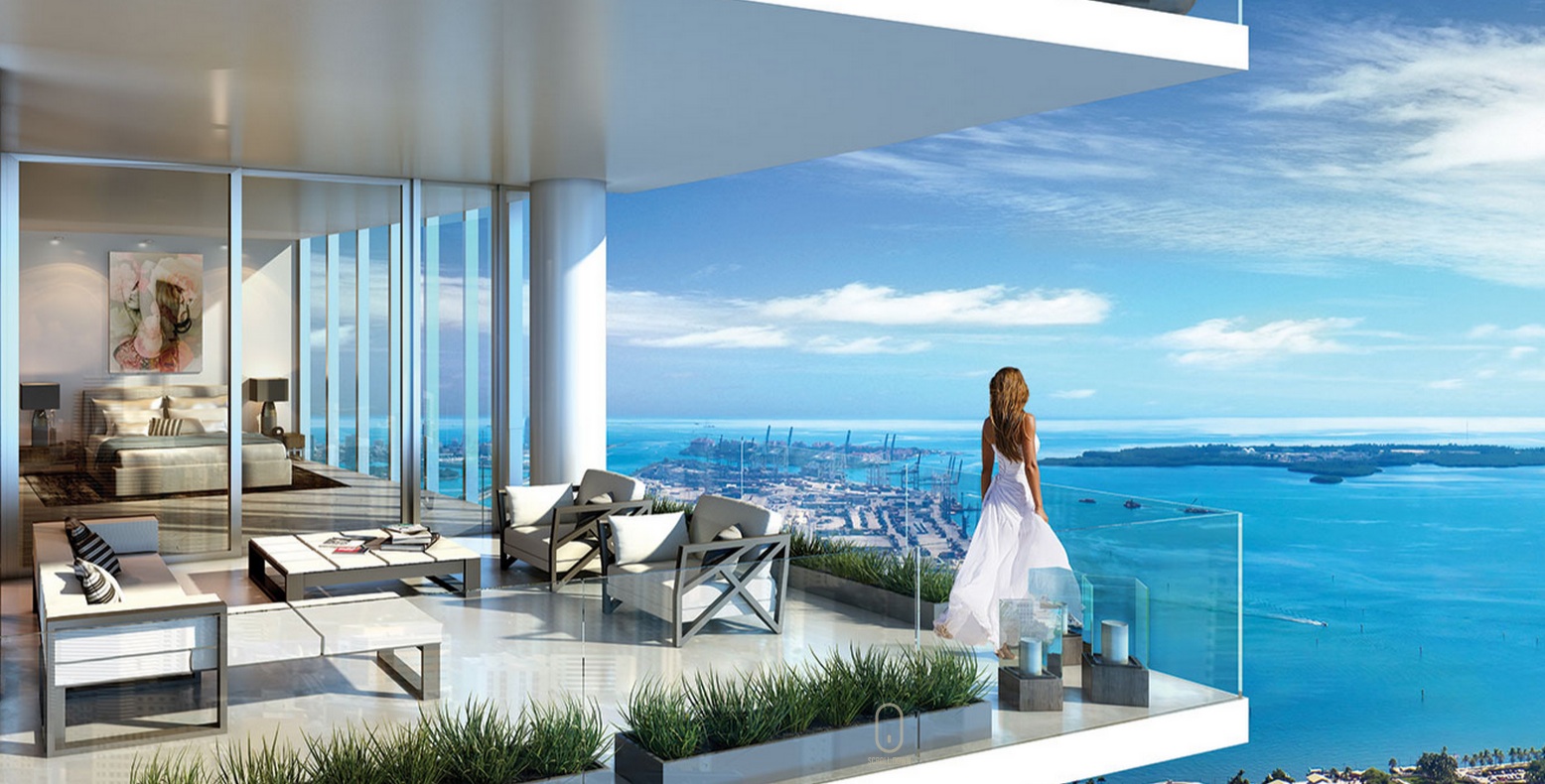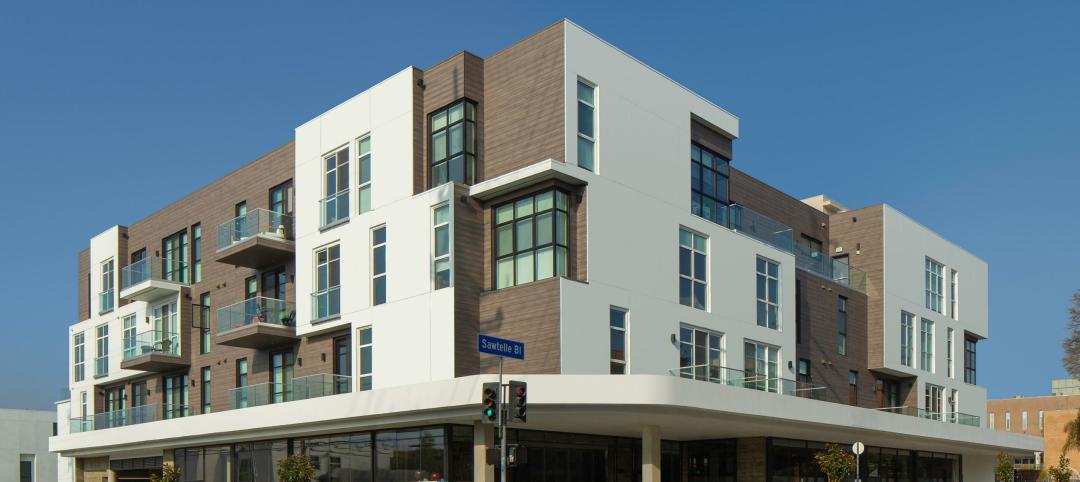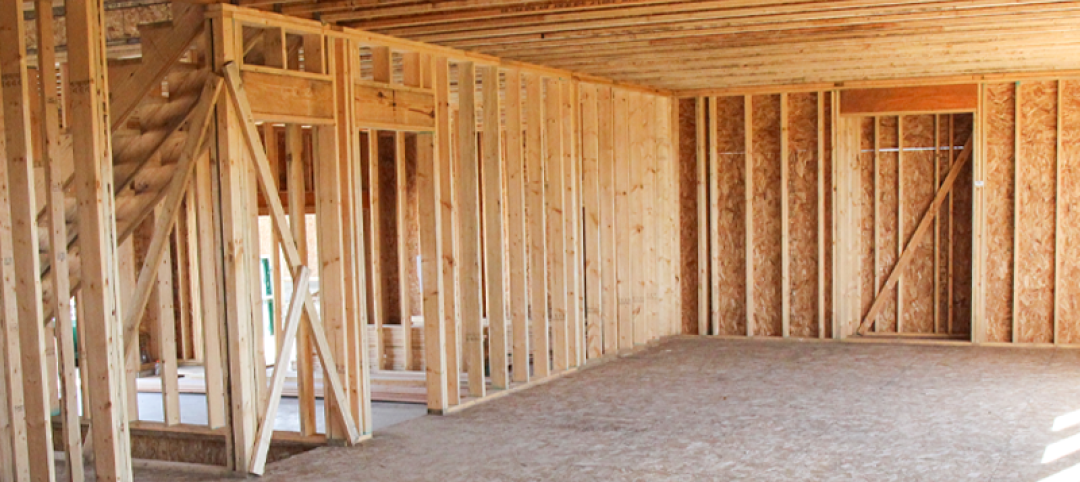Miami’s real estate market has long been a magnet for foreign investors. But developers now report that out-of-town buyers, both foreign and domestic, are seeking homes they can live it, rather than just park money into. The influx of these buyers is having a noticeable impact on how apartments, condos, and townhouses are designed, especially at the luxury end of the market.
The Miami Herald reports on several new multifamily projects whose homes include maid’s rooms, larger terraces, boutique-size closets, and guest suites.
The article points specifically to Paramount Miami Worldcenter, a $1.7 billion mixed-use complex that will blanket 27 acres of Overtown and downtown Miami, as an example of this trend. About 80 of its 513 apartments will include 250- to 280-sf studios with their own bathrooms and bedrooms, which could house a maid, a nanny, or a guest.
Another such project is the 12-apartment Louver House in South Beach, whose 2,400-sf units will include 700-sf terraces that allow residents to enjoy the outdoors more.
In an interview with The Real Deal, Camilo Miguel, CEO of Mast Capital, Louver House’s developer, says that five of the 12 apartments have been sold, at prices averaging about $1,300 per square foot. “We have a mixed group of buyers including a couple of New Yorkers looking to make it a permanent residence. There’s an owner from South America who bought here, an individual from the Apogee. They’re not investors, really. They’re end-users.”
The number of luxury homebuyers in Miami-Dade with New York addresses was up 20% in the first six months of 2015, according to the Herald. Developers are appealing to those buyers and renters who want that semi-urban experience by emphasizing their buildings’ proximity to mass transit. At least one developer, Property Market Groups, is also building smaller, more urban-like units: its 464-unit luxury rental at 300 Biscayne Blvd. called Vice will include studios at 530 sf for about $1,650 per month and one-bedrooms at 600 sf for about $1,800 per month, as well as larger units.
Miami’s attractiveness to out-of-towners continues to be the relative inexpensiveness of its housing, compared to other global cities. Quoting statistics from EWM Realty International, the Herald reports that prices in Miami Beach average $760 per sf, versus $2,204 in New York, $2,948 in London, and $2,331 in Hong Kong. (While Chinese investors account for a minuscule number of residential real estate buyers in Miami, they are seen as a growth market for whom housing units need to be tailored.)
Latin Americans accounted for 68% of all foreign buyers in Miami and Broward counties last year, according to the Miami Association of Realtors. However, number of foreign buyers has been slowing as currency crises rattle economies in Latin America and Europe. Cash sales, which often indicate international buyers, were down 12% in Miami-Dade in June 2015 compared with June 2014.
Related Stories
Affordable Housing | Jul 27, 2023
Houston to soon have 50 new residential units for youth leaving foster care
Houston will soon have 50 new residential units for youth leaving the foster care system and entering adulthood. The Houston Alumni and Youth (HAY) Center has broken ground on its 59,000-sf campus, with completion expected by July 2024. The HAY Center is a nonprofit program of Harris County Resources for Children and Adults and for foster youth ages 14-25 transitioning to adulthood in the Houston community.
Adaptive Reuse | Jul 27, 2023
Number of U.S. adaptive reuse projects jumps to 122,000 from 77,000
The number of adaptive reuse projects in the pipeline grew to a record 122,000 in 2023 from 77,000 registered last year, according to RentCafe’s annual Adaptive Reuse Report. Of the 122,000 apartments currently undergoing conversion, 45,000 are the result of office repurposing, representing 37% of the total, followed by hotels (23% of future projects).
Multifamily Housing | Jul 25, 2023
San Francisco seeks proposals for adaptive reuse of underutilized downtown office buildings
The City of San Francisco released a Request For Interest to identify office building conversions that city officials could help expedite with zoning changes, regulatory measures, and financial incentives.
Sponsored | Multifamily Housing | Jul 20, 2023
Fire-Rated Systems in Light-Frame Wood Construction
Find guidance on designing and building some of the most cost-effective, code-compliant fire-rated construction systems.
Multifamily Housing | Jul 13, 2023
Walkable neighborhoods encourage stronger sense of community
Adults who live in walkable neighborhoods are more likely to interact with their neighbors and have a stronger sense of community than people who live in car-dependent communities, according to a report by the Herbert Wertheim School of Public Health and Human Longevity Science at University of California San Diego.
Affordable Housing | Jul 12, 2023
Navigating homelessness with modular building solutions
San Francisco-based architect Chuck Bloszies, FAIA, SE, LEED AP, discusses his firm's designs for Navigation Centers, temporary housing for the homeless in northern California.
Sponsored | Fire and Life Safety | Jul 12, 2023
Fire safety considerations for cantilevered buildings [AIA course]
Bold cantilevered designs are prevalent today, as developers and architects strive to maximize space, views, and natural light in buildings. Cantilevered structures, however, present a host of challenges for building teams, according to José R. Rivera, PE, Associate Principal and Director of Plumbing and Fire Protection with Lilker.
Mass Timber | Jul 11, 2023
5 solutions to acoustic issues in mass timber buildings
For all its advantages, mass timber also has a less-heralded quality: its acoustic challenges. Exposed wood ceilings and floors have led to issues with excessive noise. Mass timber experts offer practical solutions to the top five acoustic issues in mass timber buildings.
Multifamily Housing | Jul 11, 2023
Converting downtown office into multifamily residential: Let’s stop and think about this
Is the office-to-residential conversion really what’s best for our downtowns from a cultural, urban, economic perspective? Or is this silver bullet really a poison pill?

















